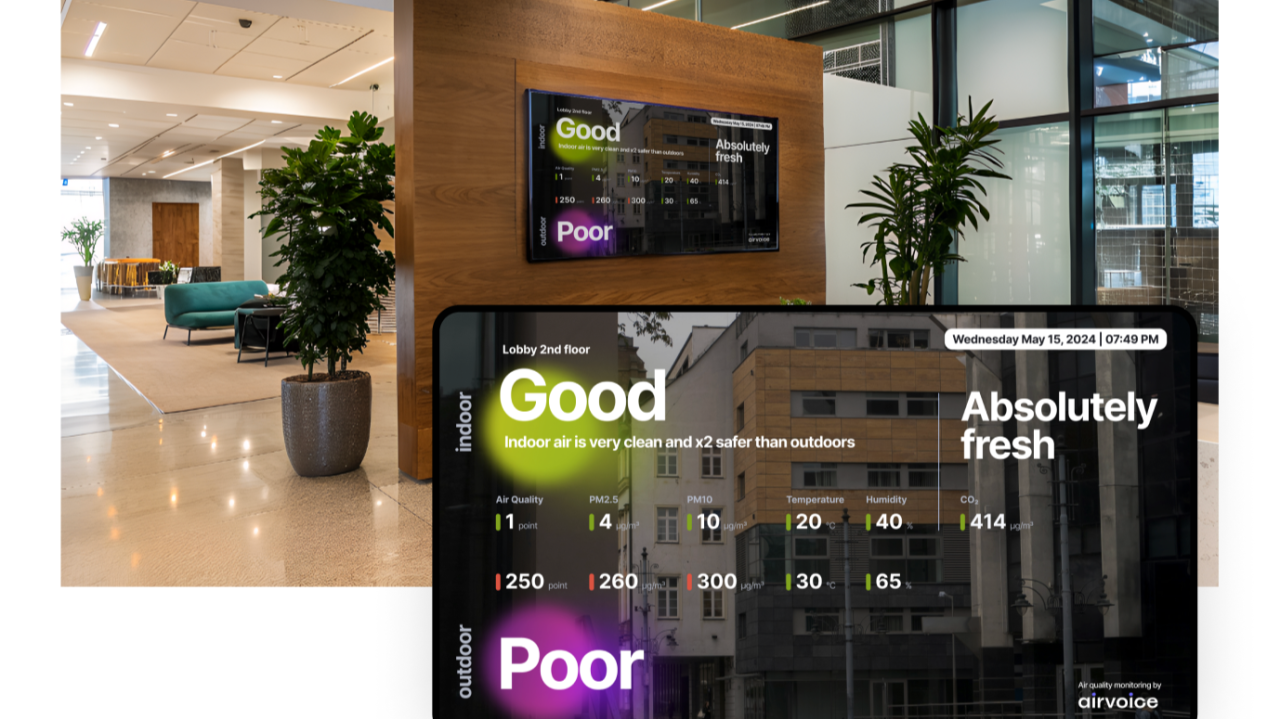The problem is that you don’t have enough data to answer this question. Additionally, the answer is variable and never the same.
Influencing factors here include not only such obvious things as wind direction in the case of two households located on opposite sides of a chimney. Atmospheric air layers at different heights move at different speeds and in different directions, including upwards and downwards. This means that a pollutant emitted at point A can reach the ground level in 500 meters or in 50 kilometers, or it can disperse in higher levels of the atmosphere without affecting human health.
Understanding how emissions disperse from the source at different heights is important for the environmental engineers of an industrial enterprise. This data helps them manage emissions, taking into account weather conditions so as to minimize the negative impact.
Now we have added heights to our Airvoice. Plume software. The attached screenshot shows data reflecting emissions from a burning landfill. The figure shows that the most intense emissions are concentrated in the surface layer of the atmosphere. The higher the height above the ground, the lower the concentration of pollutants.
Influencing factors here include not only such obvious things as wind direction in the case of two households located on opposite sides of a chimney. Atmospheric air layers at different heights move at different speeds and in different directions, including upwards and downwards. This means that a pollutant emitted at point A can reach the ground level in 500 meters or in 50 kilometers, or it can disperse in higher levels of the atmosphere without affecting human health.
Understanding how emissions disperse from the source at different heights is important for the environmental engineers of an industrial enterprise. This data helps them manage emissions, taking into account weather conditions so as to minimize the negative impact.
Now we have added heights to our Airvoice. Plume software. The attached screenshot shows data reflecting emissions from a burning landfill. The figure shows that the most intense emissions are concentrated in the surface layer of the atmosphere. The higher the height above the ground, the lower the concentration of pollutants.









